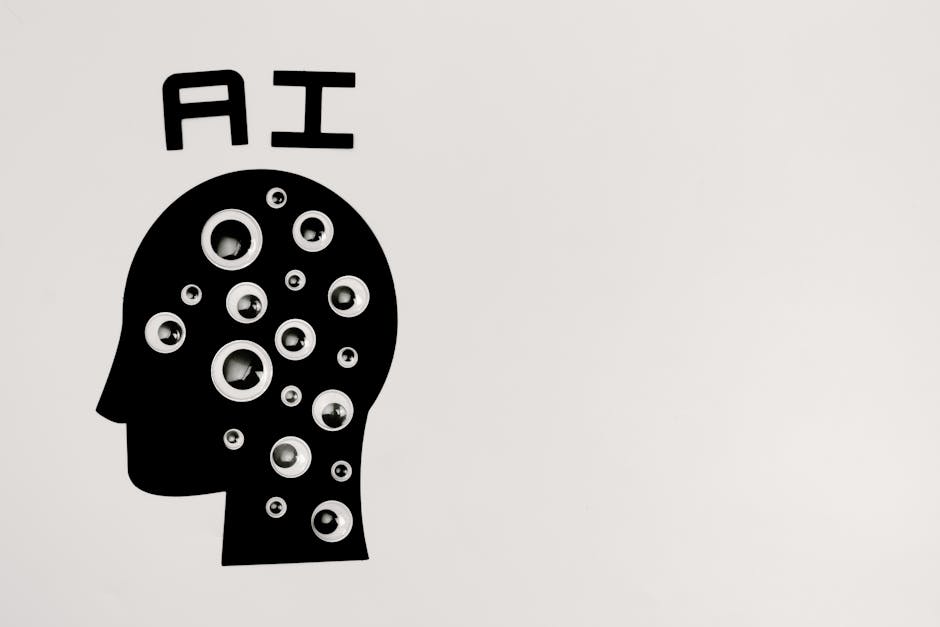Cognitive Flexibility in Course Design: Enhance Learning Today!
Navigating the world of education, especially online learning, can feel like walking through a maze. With an abundance of resources and varied teaching techniques, how do course designers create an environment that fosters adaptable learning? The concept of cognitive flexibility in course design is emerging as a beacon of hope for educators striving to enhance learning experiences amid uncertainty. This article delves deep into cognitive flexibility, exploring innovative strategies and real-life applications, allowing teachers and students to thrive in the ever-evolving educational landscape.
Understanding Cognitive Flexibility in Education

Cognitive flexibility refers to an individual's ability to adapt their thinking and behavior when faced with new, unexpected, or complex situations. In the context of education, it means providing students with the tools and opportunities to shift their perspectives, approach problems creatively, and transition between different concepts or tasks. This skill is becoming increasingly crucial in a fast-paced world where information and circumstances change rapidly.
Studies show that students with higher cognitive flexibility are not only better problem solvers but also more engaging learners. They tend to perform better in various disciplines, paving the way for lifelong learning—a crucial asset in today's workforce. As educators, fostering cognitive flexibility should be a top priority.
The Role of Uncertainty in Learning

Uncertainty is an inevitable part of the learning process. Whether it's grappling with subjective materials in humanities courses or navigating unpredictable scientific queries, students need to be equipped to handle ambiguity. Understanding how to navigate these uncertainties enhances their learning experiences and builds resilience.
A recent study from the Harvard Business Review highlights the importance of allowing students to embrace uncertain situations in educational environments. Courses that incorporate unpredictable elements not only keep learners engaged but also promote critical thinking. This aligns well with future trends in education, where adaptability is key.
Designing Courses with Cognitive Flexibility in Mind

When designing online courses, cognitive flexibility can be implemented in several ways:
1. Incorporating Diverse Learning Materials

Utilizing a mix of multimedia resources—videos, podcasts, articles, and interactive lessons—cater to varied learning styles. This diversity encourages students to approach materials from different angles, enhancing cognitive flexibility. Students exposed to multiple formats can better synthesize information and retain knowledge.
2. Implementing Problem-Based Learning (PBL)

PBL challenges students to confront real-world problems and devise innovative solutions. This approach not only fosters critical thinking but also encourages flexibility by requiring learners to adapt their strategies as they navigate ever-changing scenarios. Incorporating aspects of PBL within online courses has shown significant improvements in engagement and learning retention. You may enjoy exploring real-world solutions that apply in this context.
3. Encouraging Collaboration Among Peers

Online platforms that facilitate collaboration enable students to learn from each other, presenting them with diverse viewpoints and methodologies. This environment nurtures cognitive flexibility by allowing learners to consider alternative strategies and solutions, easing the mental transition between different ideas and concepts.
4. Building Reflection into the Curriculum

Encouraging self-assessment and reflection helps students identify their cognitive processes and adapt their learning strategies. Reflection prompts students to review their decision-making, understand their learning journey, and develop the ability to pivot when necessary.
Blending Technology with Cognitive Flexibility

In today’s digital era, technology serves as a powerful ally in enhancing cognitive flexibility in education. Here are some ways in which technology can play a pivotal role:
1. Gamification of Learning

Integrating game mechanics into course designs can lead to increased motivation and engagement among students. Game-based learning environments allow learners to experiment with decision-making and explore various outcomes in a low-risk setting. By experiencing challenges in a virtual realm, students develop cognitive flexibility that can be seamlessly transferred to real-life scenarios. For further insights, check out this analysis on gamified micro-learning.
2. Utilizing AI-Driven Personalization

AI offers powerful tools for tailoring learning experiences based on individual student needs, helping to foster agility in thought processes. AI can analyze student performance data and recommend tailored resources to address identified challenges. Fine-tuning the learning path dynamically ensures learners remain engaged and encouraged to adapt as they progress through their educational journey.
3. Interactive Simulations

Virtual reality and simulation-based learning allow students to immerse themselves in complex environments that they might not experience otherwise. These experiences foster real-world problem-solving skills and stimulate flexibility. As educational technologies continue to evolve, the incorporation of interactive storytelling is increasingly essential—see how storytelling can transform online learning.
Real-Life Applications and Case Studies

Let’s explore some successful implementations of cognitive flexibility in course design through relatable examples:
Case Study: Business Entrepreneurship Course

In a recent online entrepreneurship course, instructors implemented a PBL approach where students created their startups while adjusting to real-time marketplace changes. The course environment was designed to reflect variability—business plans had to adapt, technology altered, and consumer preferences shifted frequently. Ultimately, students learned to pivot creatively, a skill they carried into their professional lives.
Case Study: Multi-Disciplinary Learning

An innovative interdisciplinary course combined science, art, and technology. By showcasing how these fields intersected, students developed cognitive flexibility by navigating diverse perspectives. Guest experts contributed their unique insights, enabling learners to grasp complex concepts from multiple viewpoints. This collaboration prepared them for dynamic thinking regardless of their chosen field.
Overcoming Challenges in Course Design

Designing a course that effectively nurtures cognitive flexibility is not without its challenges. Educators may face resistance from traditionalist viewpoints, concerns over assessment methods, and occasional technological barriers. However, overcoming these obstacles requires innovative thinking and a commitment to offering students enriching learning experiences.
1. Cultivating a Growth Mindset

Encouraging a growth mindset among educators and students alike enhances resilience in the face of setbacks and uncertainties. When learners view challenges as opportunities for growth, they tend to become more adaptable and open to change. Workshops and training can be beneficial in promoting this mindset across educational institutions.
2. Creating a Supportive Community

To foster cognitive flexibility, educators must establish an inclusive learning environment. One way to achieve this is by forming communities of practice within courses, where students can share experiences and collaborate on challenges. Such collaboration promotes peer learning and helps students develop a robust network of support.
The Importance of Assessment in Cognitive Flexibility

When it comes to assessing cognitive flexibility, educators need to prioritize evaluations that reflect adaptability rather than rote memorization. Standardized tests may not adequately measure a student's ability to think critically or adaptively. The future of assessments involves a spectrum of evaluation techniques that prioritize comprehensive insights into student learning journeys. For a deep dive into modern assessment techniques, check out this insightful resource on digital storytelling.
Final Thoughts: Embracing Cognitive Flexibility for Future Success
In the face of an ever-evolving educational landscape, fostering cognitive flexibility in course design is essential. As we emphasize the importance of adaptability, educators can equip students with vital tools for successful learning and problem-solving in varied contexts.
Navigating uncertainty is an opportunity for growth and transformation for both students and educators alike. By implementing innovative strategies, embracing technology, and crafting supportive learning environments, we can revolutionize the way we approach education.
Ultimately, the trajectory of learning experiences is in our hands. Embrace cognitive flexibility and witness the transformation in your course design that encourages empowered, resilient learners prepared for a complex world.



